WHERE TO START
I had a reader ask me a series of questions about my process for writing a book, so I'm going to focus on answering some of those questions in a bit of a blog series over the next week or two.
The first question was: How do you start writing a book? What's your process and do you have any advice for aspiring authors?
 Every book of mine starts with an idea. An image, a character, an old journal entry, a sudden meandering "What if?" that pops into my head. All of these are valid places to start a story (and there are many, many more, these are just the few that spring to mind currently). Sometimes, starting a story is easy. I simply sit down and write what I think might be the opening scene. That doesn't mean it always remains the opening scene, though!
Every book of mine starts with an idea. An image, a character, an old journal entry, a sudden meandering "What if?" that pops into my head. All of these are valid places to start a story (and there are many, many more, these are just the few that spring to mind currently). Sometimes, starting a story is easy. I simply sit down and write what I think might be the opening scene. That doesn't mean it always remains the opening scene, though!
With King's Warrior, I started with Yole. I was fairly certain he was to be the central character. I mean, a dragon who doesn't know he's a dragon? He had to be the main character. I didn't even write the prologue until the book was complete, it was the very last thing I wrote.
For those of you who have read the book, and are laughing at me... well, I've told you before that the story (and my first audience) had different ideas. Yole did not remain the central character, and while he makes an appearance in the first chapter, he is no longer a part of the opening scene.
With Second Son, I started with the prologue, and then wrote about Brant's birth. Which is pretty consistent with how the story stayed.
Yorien's Hand is undergoing some major edits right now, and I can tell you that the beginning is going to be very different than the original rough draft.
When I was writing The Orb and the Airship last year, I started with one set of characters and wrote seven chapters straight before I hit a wall and realized that the people I thought were going to be more secondary characters were, in fact, every bit as important as the characters I was currently writing about, and I had to go write their story and figure out a way to intersperse the two stories together -weaving them back and forth into one cohesive whole until their paths crossed at exactly the right moment.
 So, sometimes the beginning really is the beginning, and sometimes it isn't. Some authors start writing at the end or in the middle on purpose. I try to start at the beginning (Julie Andrews would approve), but that doesn't mean the story can't twist around on me and rearrange itself.
So, sometimes the beginning really is the beginning, and sometimes it isn't. Some authors start writing at the end or in the middle on purpose. I try to start at the beginning (Julie Andrews would approve), but that doesn't mean the story can't twist around on me and rearrange itself.
With my first books, I didn't do a whole lot of outlining. I just wrote. Now, I have learned the price that an author must pay for this luxury (in my defense, I was in college when I wrote my first books, and had had it up to HERE with outlining. Particularly since I was the sort of student who would write the entire paper out so that I could turn the outline in... as it was usually the last thing I wrote. My teachers gave me a lot of grades in the range of 95%-100%s on those papers, which didn't do much to help me learn the value of outlining FIRST).
You can do that sort of backwards-mentality with a 1-5 page paper. With a 400 page book, I paid for my arrogance with rewrites and editing that required an enormous amount of effort. So, now I swear by outlining. Your outline doesn't have to look like a bulleted list. It can be filled with details down to what you want to have happen in each chapter, or it can be a general timeline, or just a sort of spiderwebby looking thing that details major events that have to happen and in what order they ought to happen in the story. But no matter what, I highly recommend having some sort of outline before you get too far into the story.
Not that you have to take my advice. There are plenty of authors out there who prefer to do the work later during the editing process. I've just learned that I prefer to do the work on the front end, and have less editing later. That's just my style.
